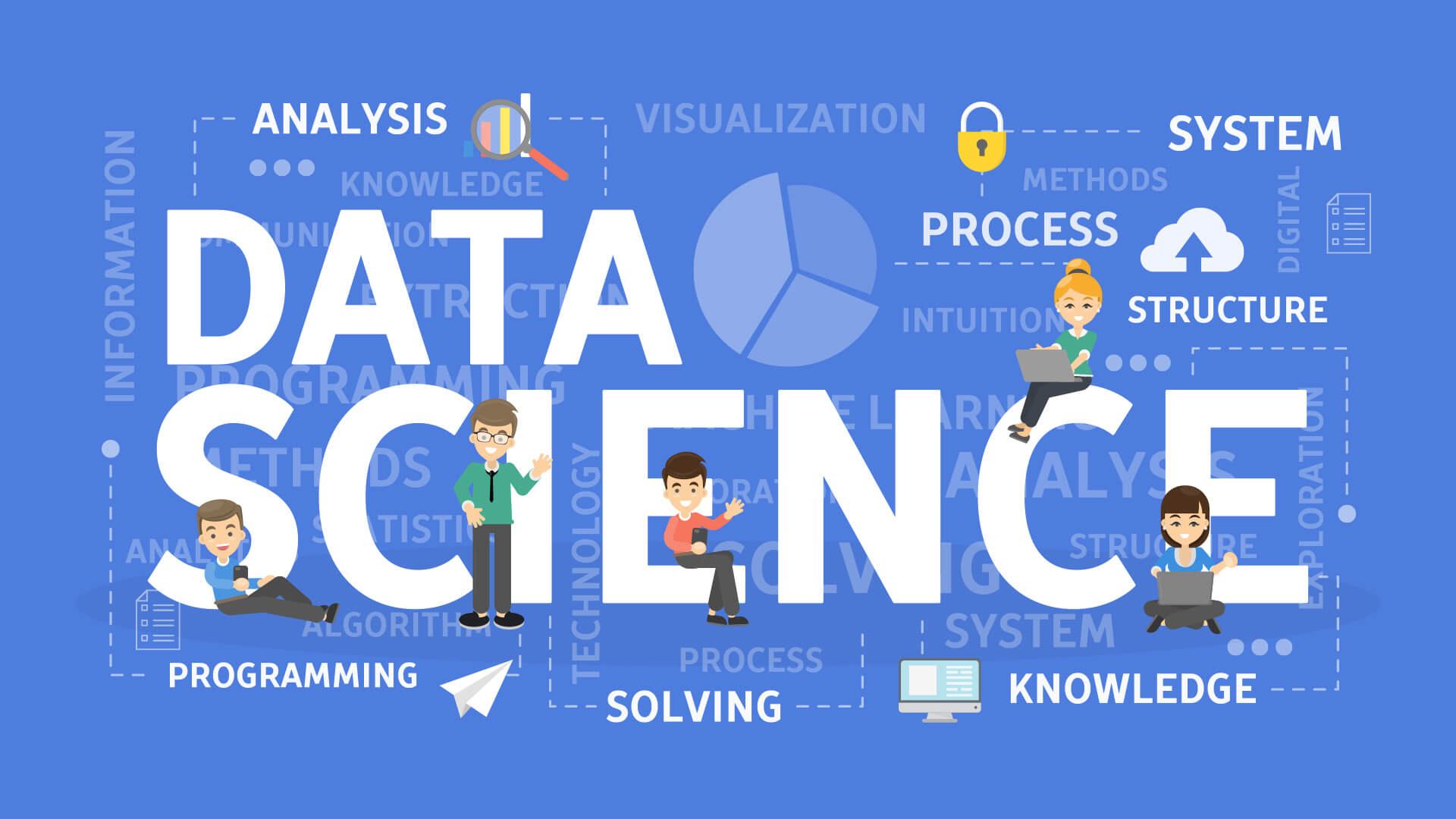Data Science
Imagine you're a detective in a world where every clue is a piece of data. Your mission is not to solve a crime, but to uncover hidden insights that can help solve real-world problems, make smarter decisions, or even predict the future. This is the essence of data science.Data science is like a magic toolkit for the digital age. It combines elements from statistics, computer science, and domain expertise to analyze and interpret complex data. Think of it as a process of asking questions and seeking answers through data. You start with a curious mind, asking questions like, "What do our customers really want?" or "How can we make our products better?"
To find answers, data scientists use a variety of tools and techniques. They gather data from different sources, clean it up to remove any errors or irrelevant information, and then analyze it using statistics and machine learning algorithms. This is where the detective work gets interesting. By spotting patterns, relationships, and trends in the data, data scientists can gain insights that were not visible before. But it's not just about finding these insights; it's also about communicating them effectively. Data scientists must be able to tell the story of their findings in a way that's easy to understand, using visualizations like charts and graphs or even interactive dashboards.
Why is data science important? Because in today's world, data is everywhere. Every click on the internet, every transaction in a store, and every movement through a city generates data. Data science helps us make sense of this vast amount of information, turning raw data into valuable insights that can drive decision-making and innovation.
Key Components of Data Science
1. Data Exploration and Cleaning:
Before any analysis can begin, data scientists spend a significant amount of time preparing data. This involves exploring datasets to understand their characteristics and structure, identifying any errors or anomalies, and cleaning the data to ensure it is accurate and consistent. This step is crucial for the quality of insights derived from the data.
2. Statistical Analysis:
At its core, data science involves applying statistical techniques to analyze data and extract information. This can range from descriptive statistics, which summarize data features, to inferential statistics, which allow for making predictions and decisions from data.
3. Machine Learning:
Machine learning is a pivotal aspect of data science, enabling computers to learn from and make decisions or predictions based on data. Data scientists use supervised, unsupervised, and reinforcement learning techniques to build models that can automatically recognize patterns and make decisions with minimal human intervention.
4. Data Visualization:
Visual representations of data help in understanding the significance of data by placing it in a visual context. Through graphs, charts, and other visualization techniques, data scientists can communicate complex data insights in a way that's accessible and understandable to non-experts.
In summary, data science is a fascinating field that sits at the intersection of statistics, technology, and understanding of the world. It's about uncovering hidden gems of information that can help make better decisions, improve products and services, and even predict future trends. For beginners eager to explore this domain, imagine the thrill of discovering insights that can change the way we see the world.
Welcome to the exciting journey of data science!

Comments
Post a Comment